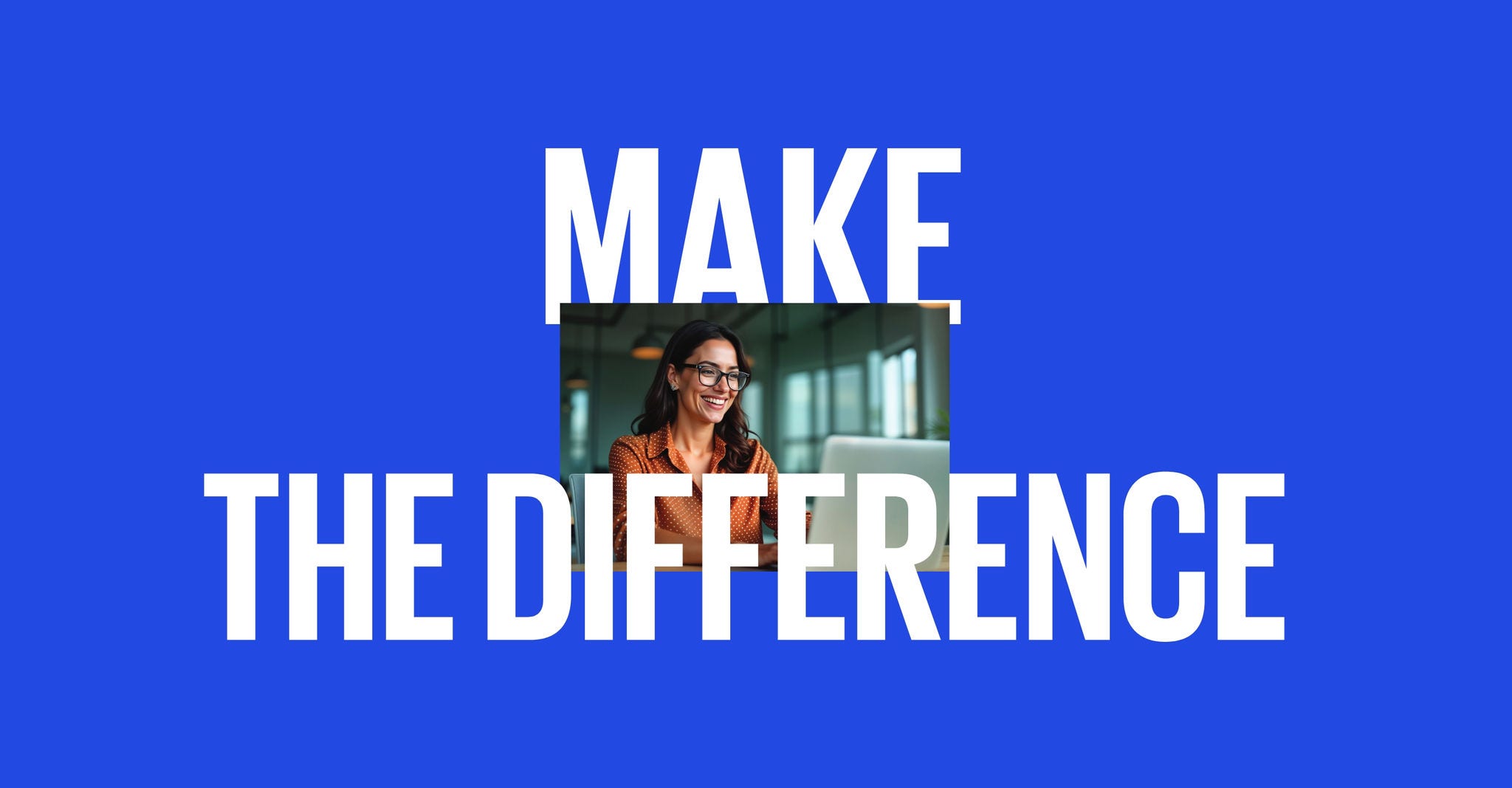Wealth and asset management remains a sector with enduring growth potential, playing a pivotal role in the financial well-being of an increasingly wide range of customers. The main players now have an opportunity to ‘own’ financial advice and become a central part of customers’ lives, offering digitally enhanced, personalised service.
However, traditionally strong revenues and profitability are under threat from growing competition, including established financial institutions and new entrants. Low-cost, DIY investing, heightened regulatory scrutiny, the need to invest in technology, and a talent shortage all put a strain on established business models.
Successful wealth and asset managers are investing in digital operating models and data-driven insights, adopting a platform mindset while retaining the close personal relationships that characterise the sector.
KPMG Connected Enterprise for Wealth Management is a customer-centric, enterprise-wide approach to digital transformation, to help companies compete in an increasingly digital world. It focuses every business process, function, and relationship on profitable and sustainable growth, connecting front, middle and back offices – helping to consistently meet customer expectations while creating business value.




